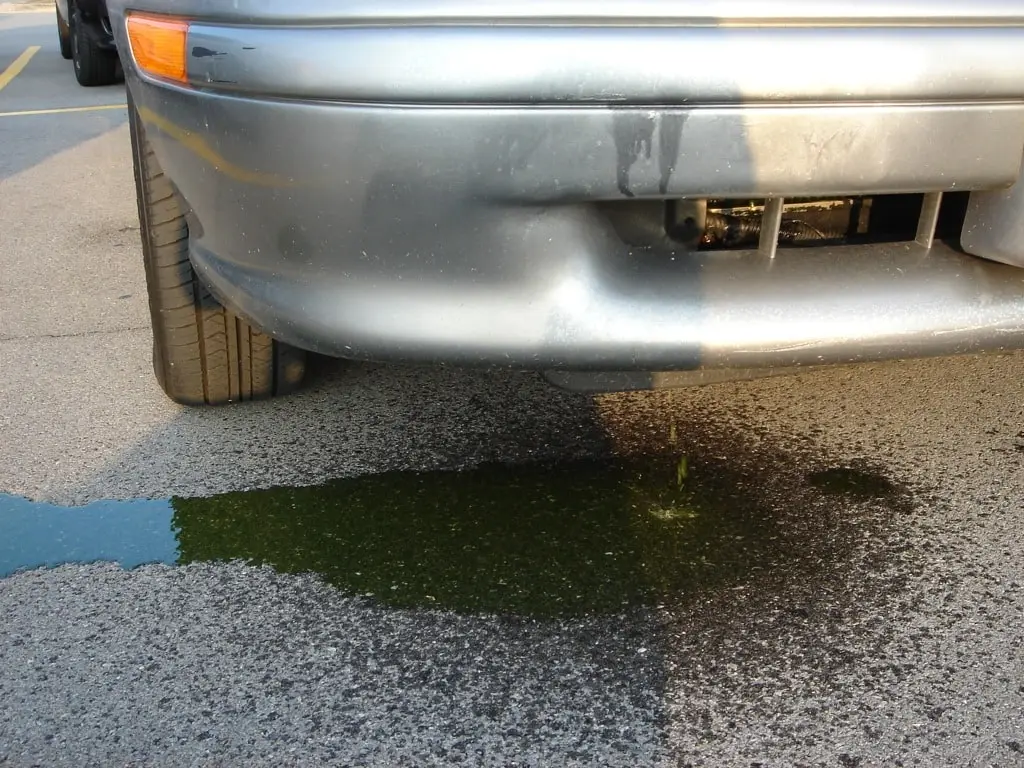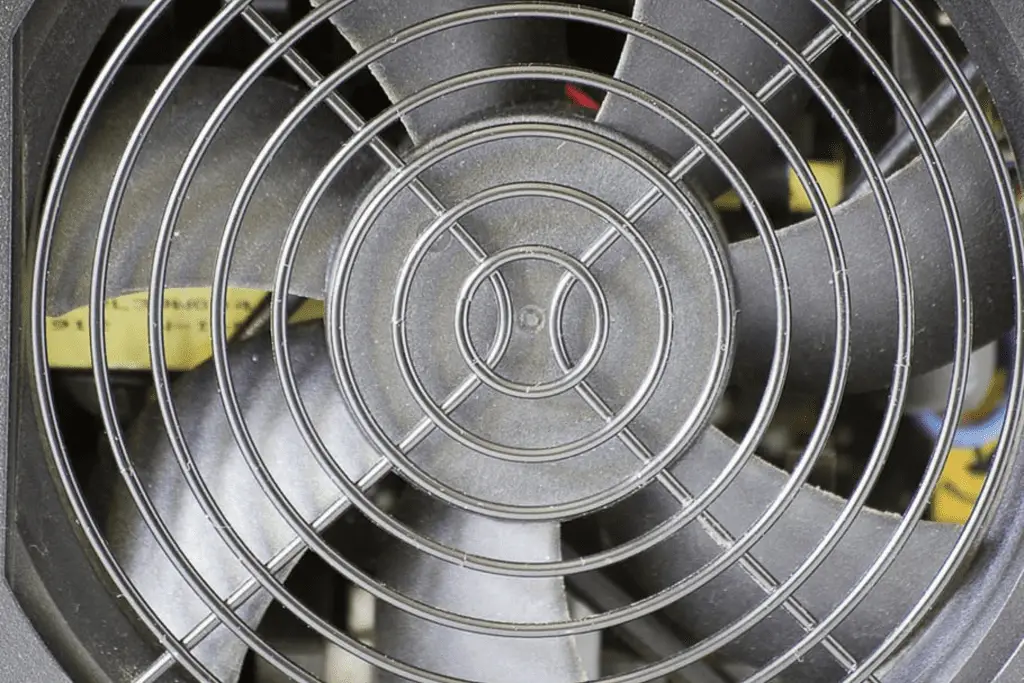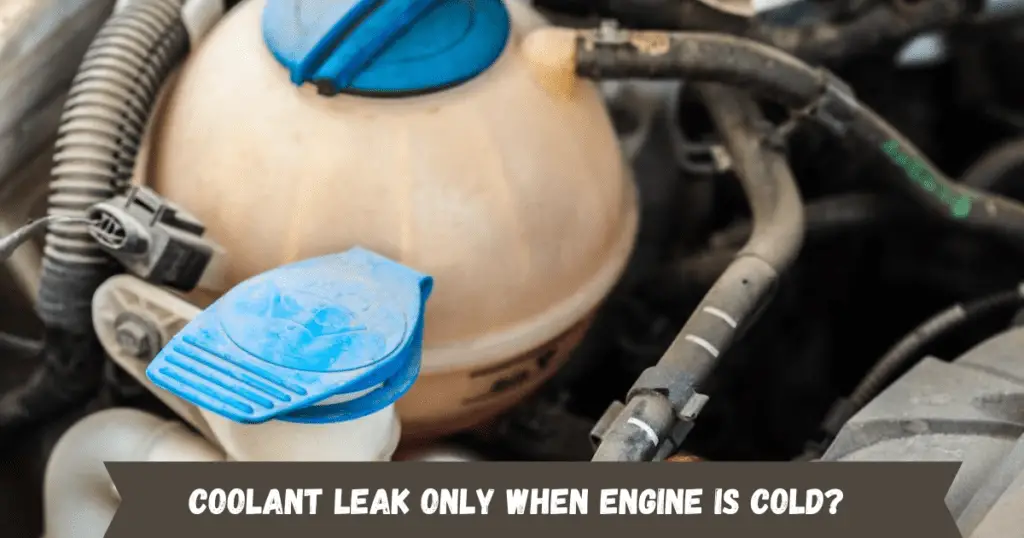You go to check your engine bay and notice the missing coolant reservoir cap. Now what? Losing the cap on your coolant reservoir can be an inconvenience at best and an engine-threatening disaster at worst. Here’s what you need to know about operating your vehicle with a missing coolant reservoir cap.
What is the Coolant Reservoir?
The coolant reservoir, also called the overflow tank or coolant recovery tank, is a plastic tank that stores excess coolant. It is connected to the radiator via hoses.
As the engine heats up, the coolant expands and pushes into the reservoir tank via the overflow tube. Once the engine cools back down, a vacuum pulls the coolant from the reservoir back into the radiator. This expansion and contraction allow the system to maintain proper coolant operating levels.
The cap on the reservoir seals the system to hold pressure and prevent coolant loss.
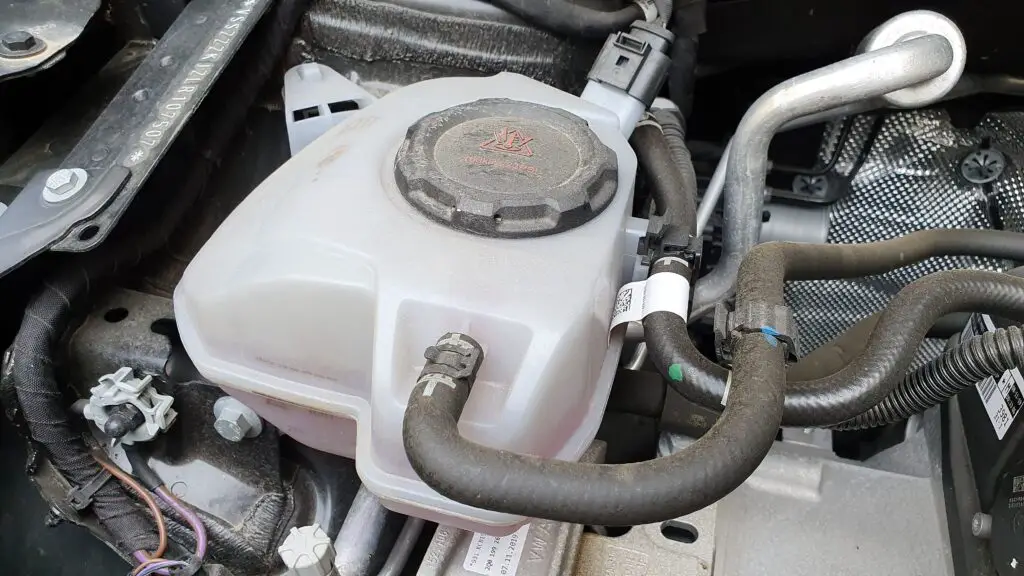
Dangers of a Missing Coolant Reservoir Cap
Missing Coolant Reservoir Cap. Driving without the cap on your coolant reservoir can lead to some expensive engine problems:
- Coolant loss – The system cannot hold pressure so coolant will boil over and evaporate from the reservoir as you drive, leading to low coolant levels.
- Overheating – Low coolant reduces the engine’s ability to regulate temperature, causing overheating.
- Head gasket failure – Severe overheating can blow the head gasket due to expansion and warping.
- Corrosion – Air intrusion leads to corrosion inside the cooling system.
- EGR system damage – Boiling coolant can damage electronic components like the EGR valve.
So while you can technically drive without the reservoir cap, it’s not recommended. The repercussions for your engine can be costly.
What Causes the Cap to Go Missing?
There are a few reasons your coolant reservoir may end up missing its cap:
- It simply wasn’t replaced properly after checking/adding coolant.
- The tether broke, allowing the cap to fall off while driving.
- The cap broke or cracked from age and pieces fell off.
- Someone intentionally removed the cap as a prank or act of vandalism.
Missing coolant reservoir cap. Prevention involves double checking the cap is always securely replaced, and inspecting the cap and tether for damage during routine maintenance.
Can I Temporarily Replace the Coolant Reservoir Cap?
You have a couple of options for temporarily replacing a lost coolant reservoir cap:
- Use foil/plastic and rubber band – Cover the opening tightly with foil or plastic, sealing it down with a sturdy rubber band. This won’t hold much pressure but can work for a short drive.
- Use a generic cap – Find a cap from something else that fits and seals the reservoir opening, like an oil filler cap. It won’t work perfectly but again, could get you down the road.
- Fashion a replacement – With some DIY ingenuity, you may be able to fashion a suitable replacement cap from parts at home.
Missing coolant reservoir cap. Just be very careful if rigging up a temporary cap, go slowly, and watch your temperature gauge. Don’t drive far and replace the proper cap ASAP.
How to Drive Safely with a Missing Cap
While the best advice is to not drive without the coolant reservoir cap if you have no choice, here are some tips:
- Add extra coolant to provide a surplus buffer in the system.
- Only drive short distances and take frequent breaks to let the engine cool down.
- Keep speeds low to minimize heat buildup.
- Monitor the temperature gauge obsessively.
- Stop immediately if it begins to overheat.
- Have spare coolant and water to top up when needed.
Again, this is a last resort. Have the proper cap installed by a mechanic as soon as you possibly can. Don’t keep driving it around unnecessarily without a cap.
Finding a Replacement Coolant Reservoir Cap
Getting a replacement reservoir cap is fast and easy:
- Check auto parts stores – Napa, Auto Zone, O’Reilly’s, etc. will have replacement caps.
- Check at your dealership’s parts department.
- Search online parts retailers like RockAuto.com.
- Search using your VIN to ensure an exact fit.
- Expect costs around $10-30 depending on the vehicle.
Consult your owner’s manual if you’re unsure of the correct part number. Installing the new cap yourself takes seconds.
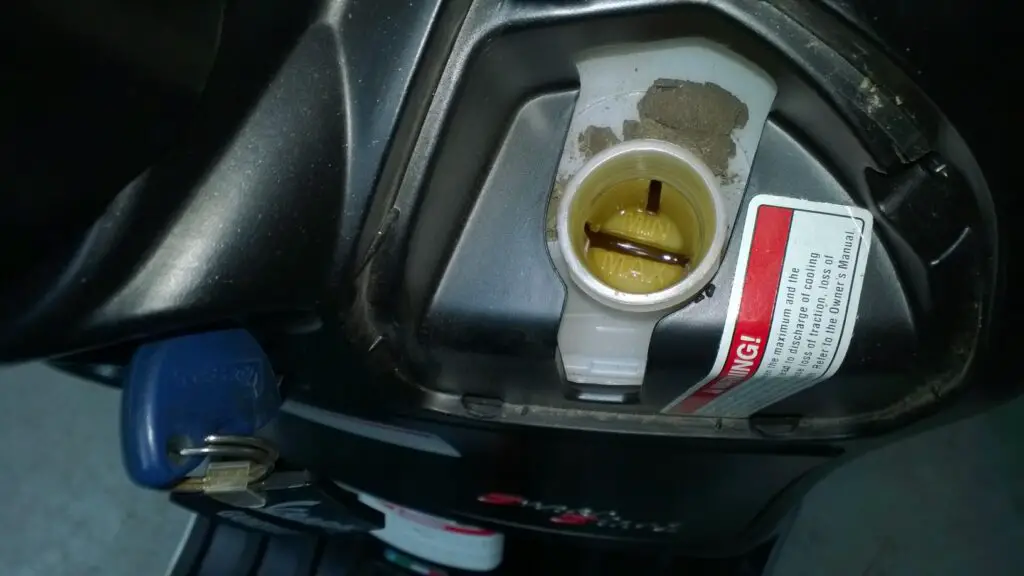

Preventing Future Coolant Cap Loss
Missing coolant reservoir cap. To avoid a repeat missing cap scenario, follow these maintenance tips:
- Replace aging caps on schedule, regardless of appearance.
- Inspect cap and tether for cracking each service.
- Ensure cap clicks and seals properly when reinstalling.
- Routinely check that the cap is still in place.
- Park away from vandals if the cap goes missing mysteriously.
Proper coolant system maintenance greatly reduces the chances of losing the reservoir cap. But should it occur, replace it promptly.
FAQs – Missing Coolant Reservoir Cap
Can you drive with a hole in your coolant reservoir?
No, any holes or cracks in the coolant reservoir will prevent it from properly holding pressure and fluid levels. The reservoir will need to be replaced.
Can coolant evaporate if the cap is off?
Yes, coolant can evaporate fairly quickly without the cap sealing the system. Driving without the cap will cause coolant to evaporate out of the reservoir.
Is it OK to open the coolant reservoir while hot?
It’s best to avoid opening the pressurized coolant system while the engine is hot. Wait for it to fully cool to prevent dangerous coolant spray.
Can you drive without a coolant reservoir cap?
You can drive a short distance without the reservoir cap, but it’s not recommended. The engine is at risk of overheating, coolant loss, corrosion, and head gasket failure.
What if I lost my coolant reservoir cap?
If you lost the cap, replace it with a new one right away. Until then, use a makeshift cap, drive cautiously over short distances, and monitor engine temp.
Can you run a car without a reservoir cap?
Technically yes, but it’s ill-advised. The cooling system cannot function properly or hold pressure without the cap, putting the engine at serious risk of damage.
Can a missing cap cause overheating?
Yes, the lack of pressure and subsequent coolant loss from an uncapped reservoir can cause the engine to overheat.
How long will a car drive with no coolant?
Without any coolant, expect severe overheating within minutes. With just low coolant you may get 10-30 minutes depending on the outside temperature before it overheats. Add coolant immediately if low.
Conclusion – Missing Coolant Reservoir Cap
Losing the coolant reservoir cap can disrupt the sealing and pressure of the cooling system. Driving without it risks coolant loss, overheating, corrosion, and expensive head gasket damage. Replace the cap ASAP using a temporary substitute only when necessary. With a proper cap, the cooling system functions safely.

